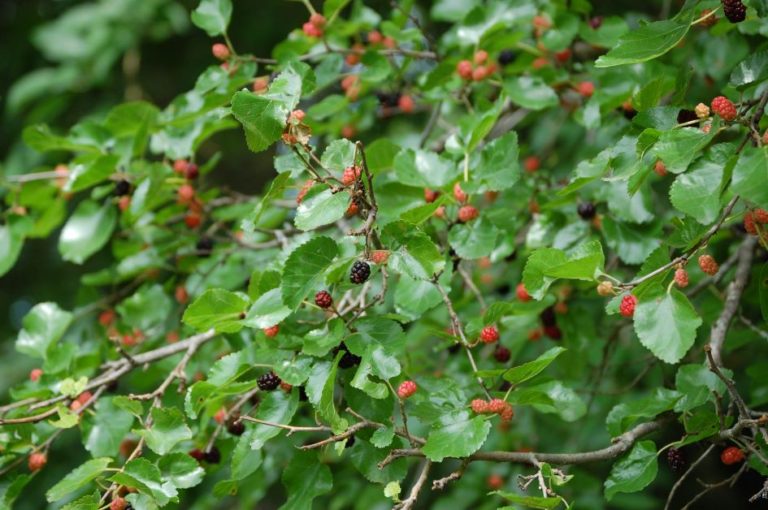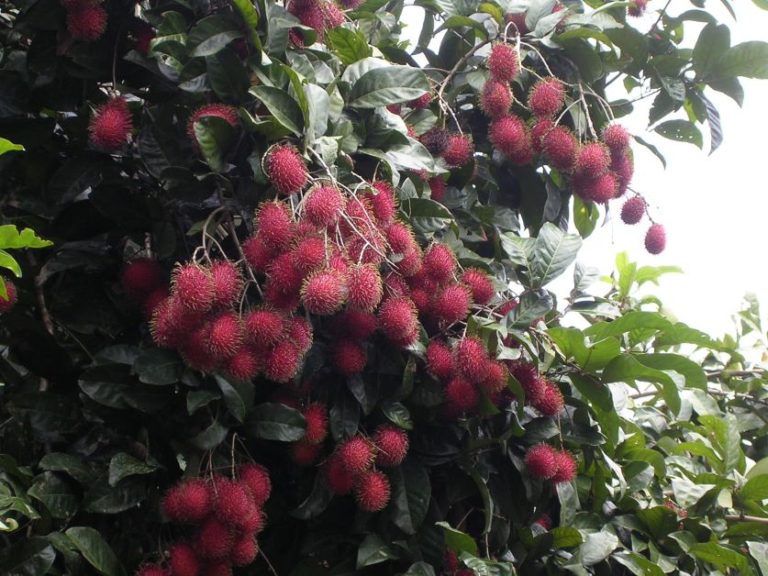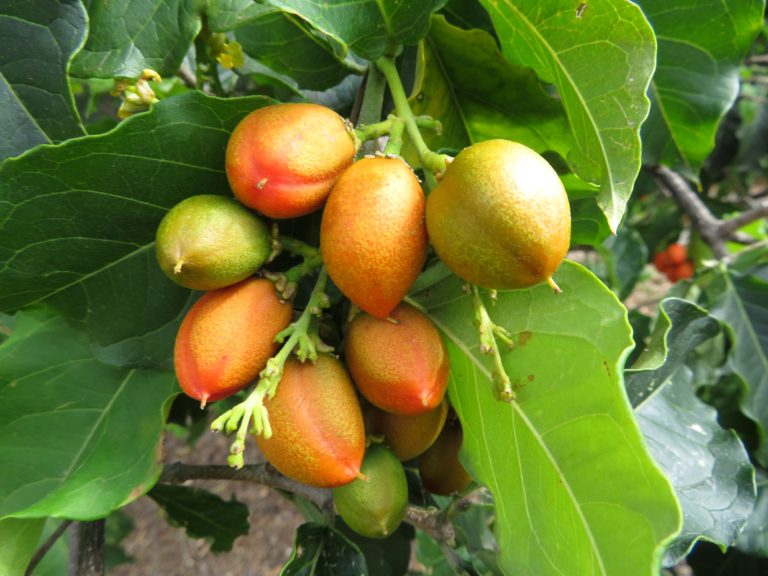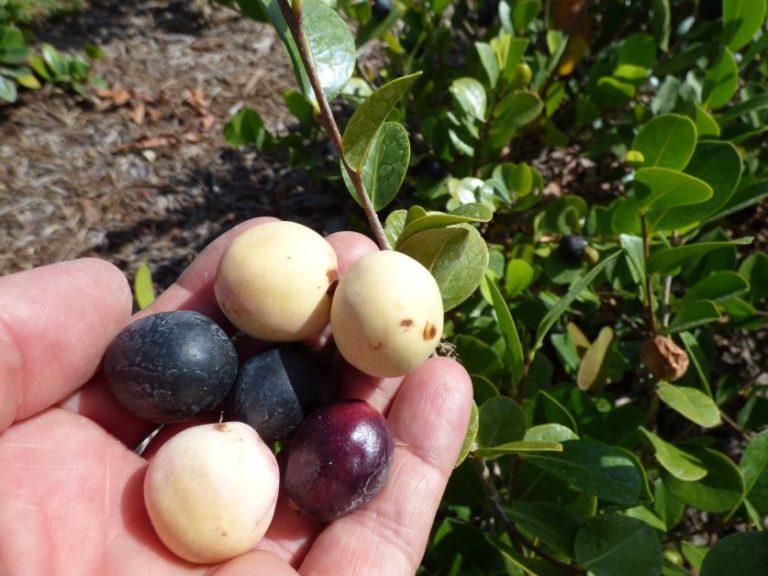Growing Cantaloupe in Florida
Growing cantaloupe in Florida doesn’t have to be hard, but it does take a little research. The first 2 times I grew cantaloupe are great testaments to how easy (or impossible) growing cantaloupe in Florida can be.
The first time I grew cantaloupe, I did so by accident. Some seeds snuck in through my kitchen scrap compost and germinated in one of my raised beds. For the first few months, I had no idea what the plant was, other than it was healthy and some sort of cucurbit. Once the tell-tale webbing on the fruit appeared, it was obvious that I had cantaloupe. By the end of the season, that plant gave me 7 fruits (albeit a little bland, but more on that later).
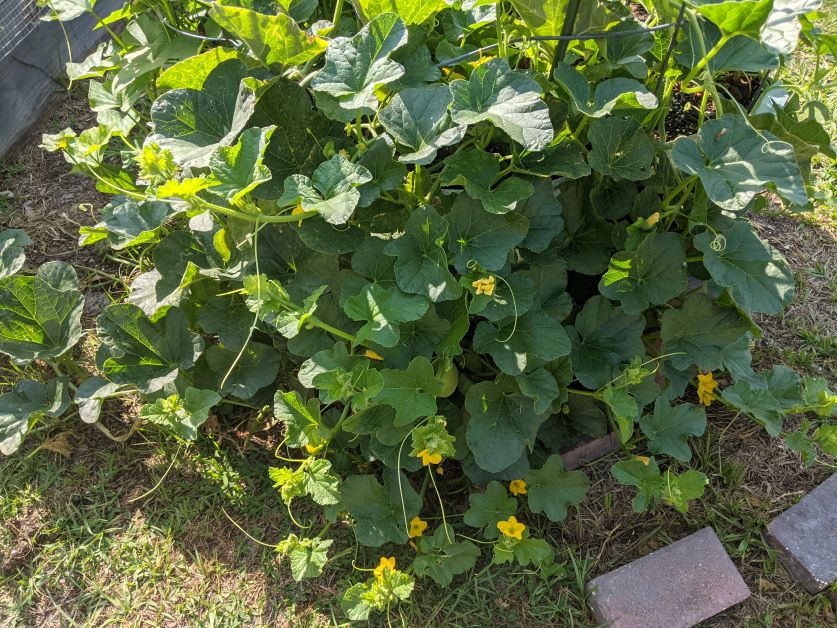
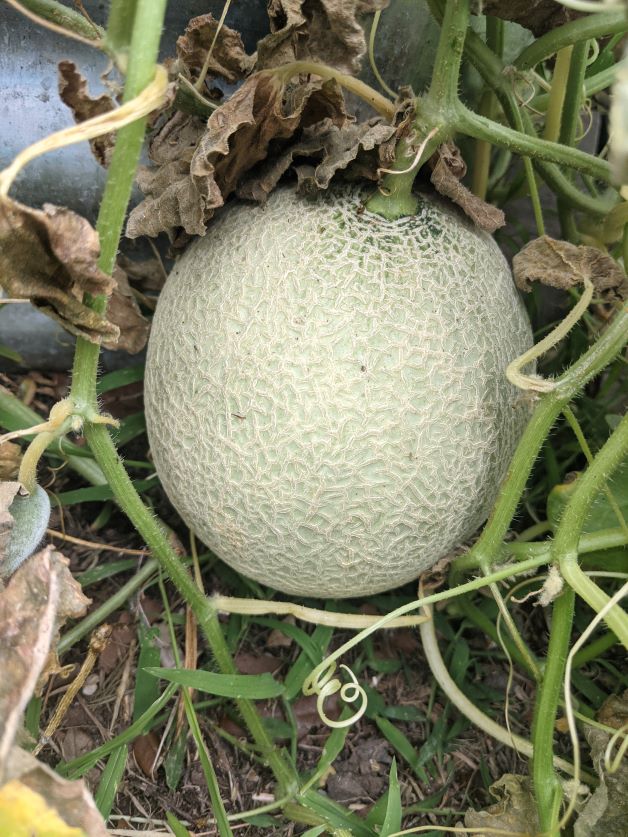
Remembering how successful my volunteer cantaloupe was, I was excited to grow it on purpose the next season. It was a disaster. I planted 3 plants and at first, all were doing fine. They seemed happy and started to set fruit. Then, powdery mildew reared its ugly head. I tried to remove the most diseased foliage and keep water off the leaves but in the end, all of my plants died with underdeveloped, inedible cantaloupe.
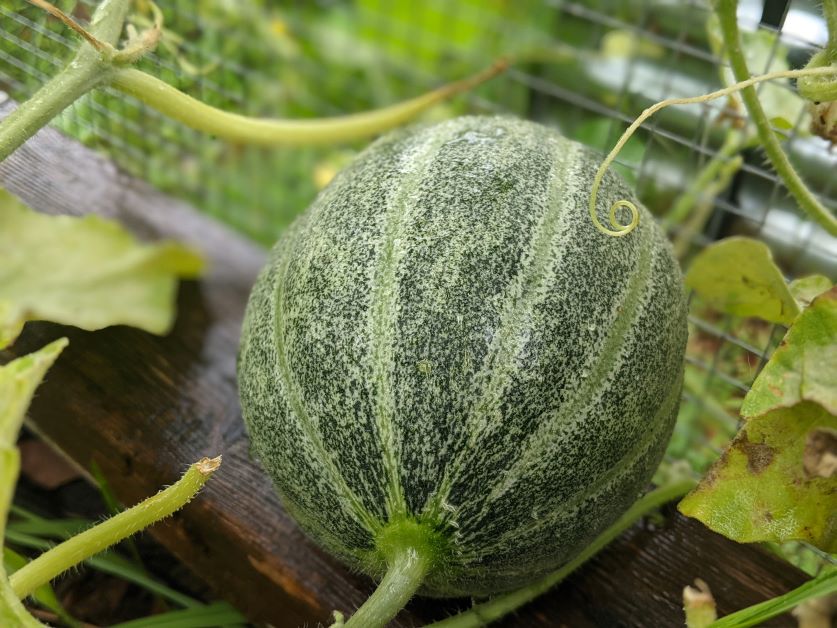
Looking back, my fatal error was not picking the right variety. I’m positive that my accidental cantaloupe was an Athena. Cantaloupe is my favorite fruit and I buy a lot of it when it’s in season. Since Athena is the most common commercially-grown cantaloupe variety in my part of Florida, logically my compost cantaloupe was an Athena, too. Although contracting fungal disease on your cantaloupe is pretty much inevitable in Florida, this variety does particularly well in our high humidity.
The second time I grew cantaloupe, I bought a random pack of seeds from the hardware store. The variety was Hearts of Gold. As an early-maturer, Hearts of Gold are great for up north where the growing season is short. Unfortunately for me, though, they’re not very disease-resistant.
After that failure, I vowed never to screw up another cantaloupe season again. From when to plant, how to plant, and what to plant, here’s everything that you (and I) need to know about growing cantaloupe in Florida.
When to Plant Cantaloupe in Florida
[table id=17 /]
As long as all threat of frost has passed, the earlier you plant cantaloupe in Florida, the better. Planting too late in the season means more fungal disease and pest pressure.
How to Plant Cantaloupe
You can plant cantaloupe as transplants or you can directly sow them in the ground. Each method has its advantages and disadvantages. Growing your cantaloupe as a transplant can help you get a jump on the season since you can start them indoors before the last frost. At the same time, cantaloupes have a delicate root system and don’t take kindly to transplanting. Handle your seedling gingerly and don’t let it get to big before transplanting it.
How to grow cantaloupe from transplants:
- Fill seed starter cups with high-quality potting mix.
- Plant one cantaloupe seed per cup about ½ inch deep.
- Water your seeds and keep the soil soggy but not moist.
- Keep your seeds in a warm, sunny location.
- If you are growing your seedlings indoors, get them ready for transplanting by gradually introducing them to more and more time outdoors. This is called hardening off.
- Once your cantaloupe seedlings have produced 2 true leaves (not just cotyledons), carefully but quickly transplant them to their permanent spot.
How to grow cantaloupes by direct sowing:
- After all danger of frost passed, plant your cantaloupe seeds ½ in below the surface of the soil.
- Water your seeds and keep the soil moist but not soggy.
Cantaloupe Growing Conditions
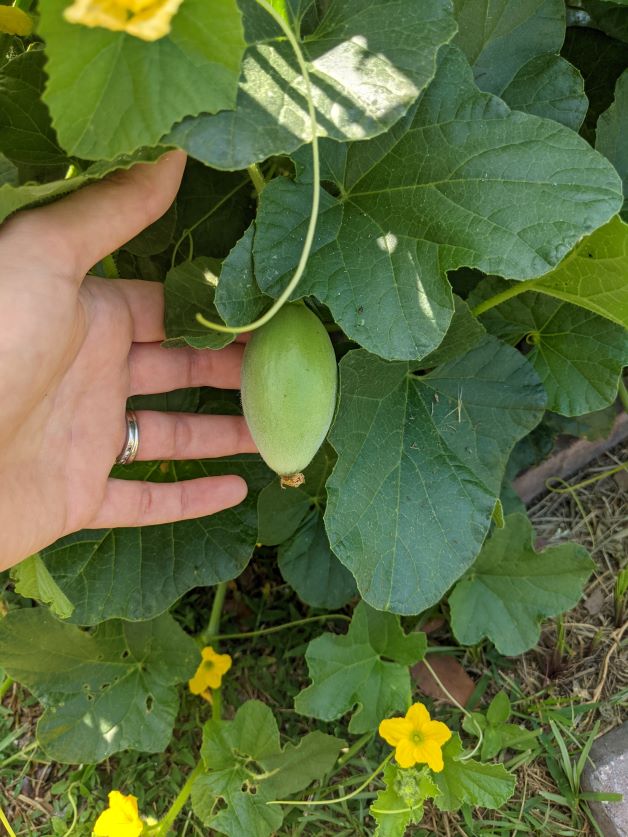
Temperature
Cantaloupe needs high temperatures and low humidity to grow. The ideal temperature range for cantaloupe is 85F-95F, but it can withstand 100F+. More than a couple of days of 55F or lower, though, and your cantaloupe will suffer.
Light
As a full-sun plant, cantaloupe needs at least 6 to 8 hours of sunlight a day.
Soil
Cantaloupe prefers fertile, well-draining soil with a pH between 6 to 6.5.
Water
How much you water your cantaloupe depends on the maturity of the fruit. For most of the growing season, you should give your cantaloupe 1 inch of rain per week. After the fruit sets, start watering a little less. Overwatering during the ripening phase lowers the sugar content in your fruit This will cause your cantaloupe to be watery and bland.
If you can, drip irrigation is the way to go when growing cantaloupe. This plant is especially susceptible to fungal diseases so it’s important to keep water off of its leaves. If irrigation isn’t feasible, then use a water wand to water your cantaloupe at the base of the vine instead of overhead.
Spacing
Cantaloupe is a sprawling vine that needs lots of room to roam. Keep each cantaloupe plant 5 to 6 feet apart in rows 2 to 3 feet apart.
Fertilizer
At least 2 weeks before planting, amend by mixing in 2 inches of oak leaf compost or aged manure into your soil.
When your cantaloupe starts sending off runners (more vines), feed it organic 5-10-10 fertilizer to boost flower production. Cantaloupe needs fertilizer with low nitrogen content – too much nitrogen will make your plant grow more foliage instead of flowers.
Pruning
It’s good practice to prune off excessive foliage from your cantaloupe plant to improve airflow. As your plant matures (and inevitably contracts fungal disease) remove leaves that are heavily infected to slow the spread.
Mulching
Dealing with root-knot nematodes can be a struggle in Florida. Mulching your cantaloupe with organic material can help deter these devastating pests. Just be sure to leave a few inches between your main cantaloupe vine and the ring of mulch to make sure your plant doesn’t stay too soggy.
Best Florida Cantaloupe Varieties
When growing cantaloupe in Florida, look for varieties that are resistant to powdery mildew, downy mildew, and fusarium wilt.
- Athena
- Sugar Cube
- Ambrosia
- Hannah’s Choice
How to Grow Cantaloupe on a Trellis
Growing your cantaloupe vertically is an awesome way to improve airflow and keep your fruit off the ground (and away from pests).
Put a DIY garden fence or vegetable trellis next to your cantaloupe and the vines will crawl their way up as the plant matures. When your fruit starts to get heavy, support it by tying a piece of pantyhose to your trellis and putting your cantaloupe inside (like a hammock).
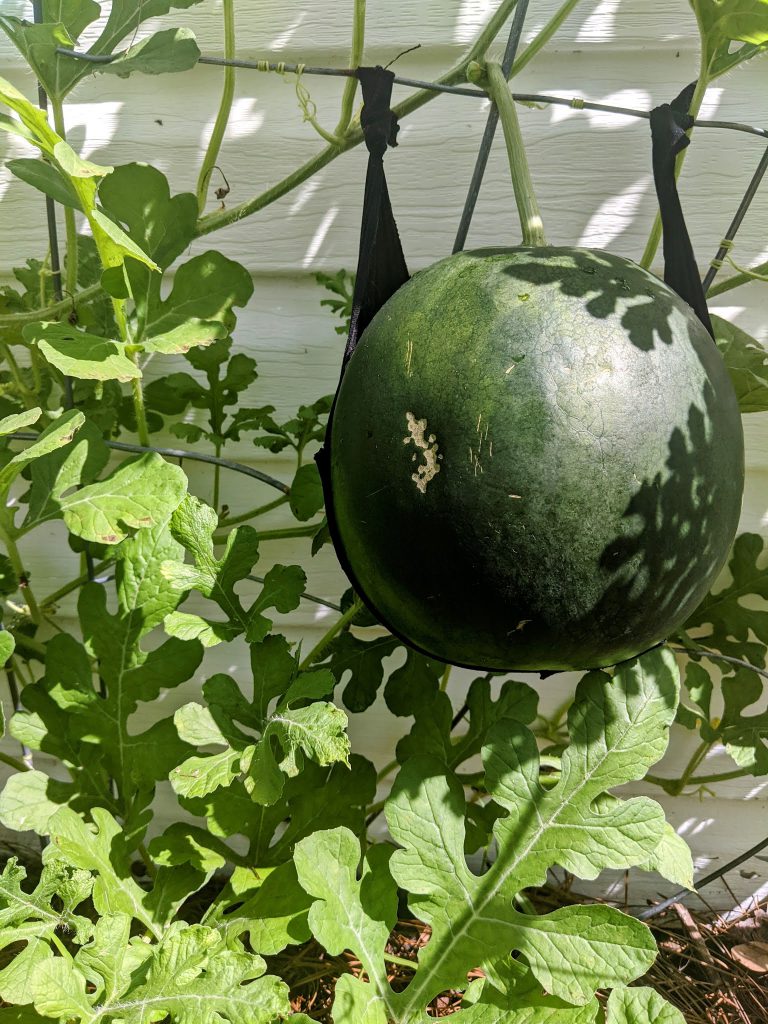
How Do You Know If a Cantaloupe is Ready to Pick?
It takes 85 to 110 days for most varieties of cantaloupe to go from seed to harvest
Florida cantaloupe season is March through June. You know your cantaloupe is ready to pick when the fruit comes off the vine with a very light tug – it practically slips off the vine. For this reason, cantaloupe is said to be in its “full-slip” stage when it’s ready to pick. They also turn from dark green to yellow.
Although cantaloupe will ripen after it’s picked, one of the best parts of gardening is harvesting your food when it’s at its peak. Your cantaloupe will be sweeter if you let it ripen on the vine instead of on your kitchen counter.
Can You Grow Cantaloupe in Containers?
Yes! With a few changes to how you care for it, cantaloupe grows great in containers. Some tips for growing cantaloupe are to:
- Fertilize your cantaloupe once a week after it’s established. Cantaloupes tend to get root-bound and this causes them to have a hard time absorbing nutrients from the soil.
- Keep a closer eye on watering. It’s easy to over or under-water plants in containers. Stick your finger down into the soil and if it’s dry up to your 2nd knuckle, it’s time to water.
- Focus on quality over quantity – limit your cantaloupe to 3 or 4 fruit. A cantaloupe grown in a container has to work harder at fruit production, so direct your plants’ efforts on producing 2 or 3 delicious cantaloupes instead of a bunch of bland, watery ones.
- Choose a variety that produces personal-sized melons, such as Hannah’s Choice.
Troubleshooting
Common Cantaloupe Pests
Whitefly
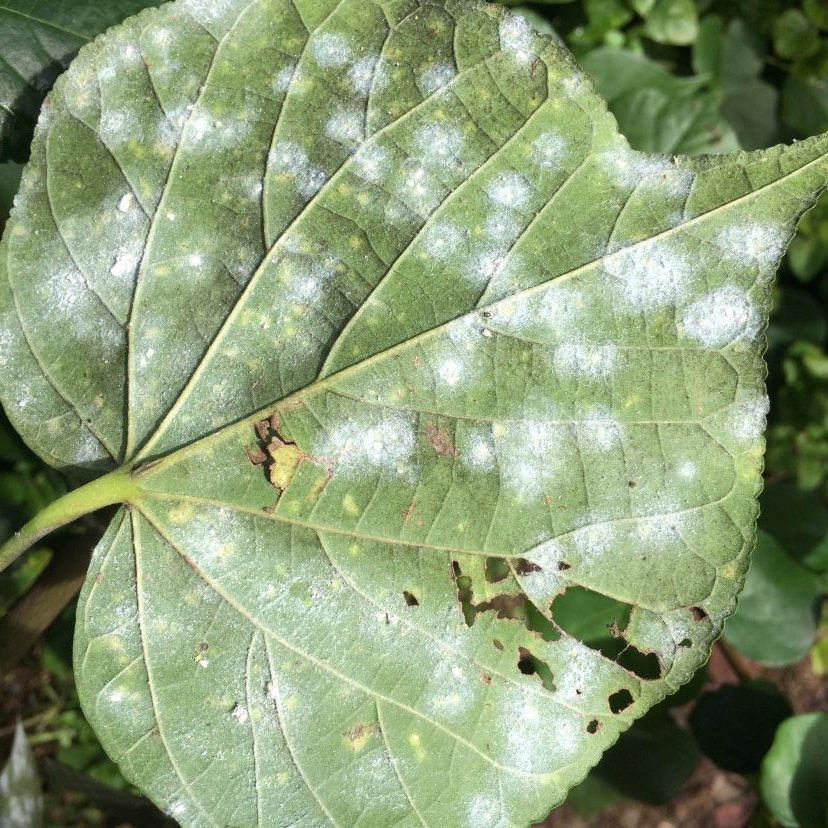
Looks like: tiny moth-like bugs that look like powdered sugar dusted on stems and under leaves
Damage: sucks nutrients from your plant, transmits viruses, causes sooty mold
Treatment: insecticidal soap
Pickleworm


Looks like: small green worms; they like to make pockets for themselves in foliage by using webbing, so looked for leaves that are folded over themselves
Damage: bores holes into your fruit, vines, and flowers
Treatment: pick them off by hand; Monterey B.t.
Leafminers
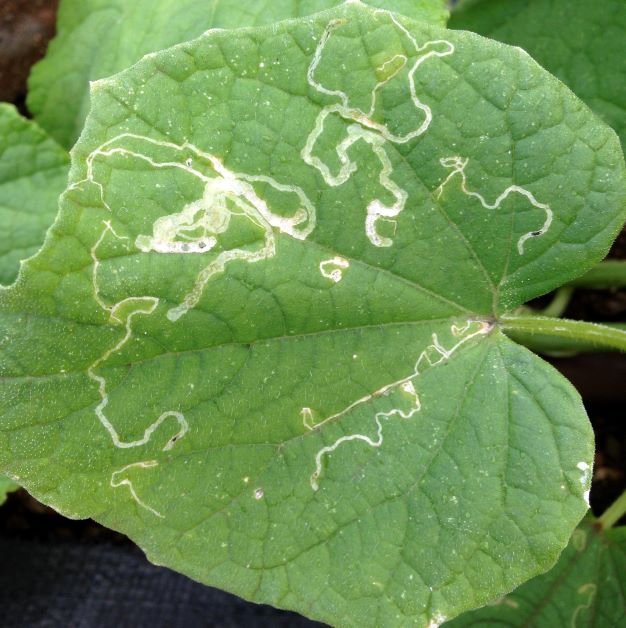
Looks like: leafminers are usually too small to see, but their damage is distinct – look for white trails on your foliage
Damage: unless the infestation is extreme, leafminer damage is nothing to worry about on a cantaloupe plant
Treatment: spinosad
Aphids
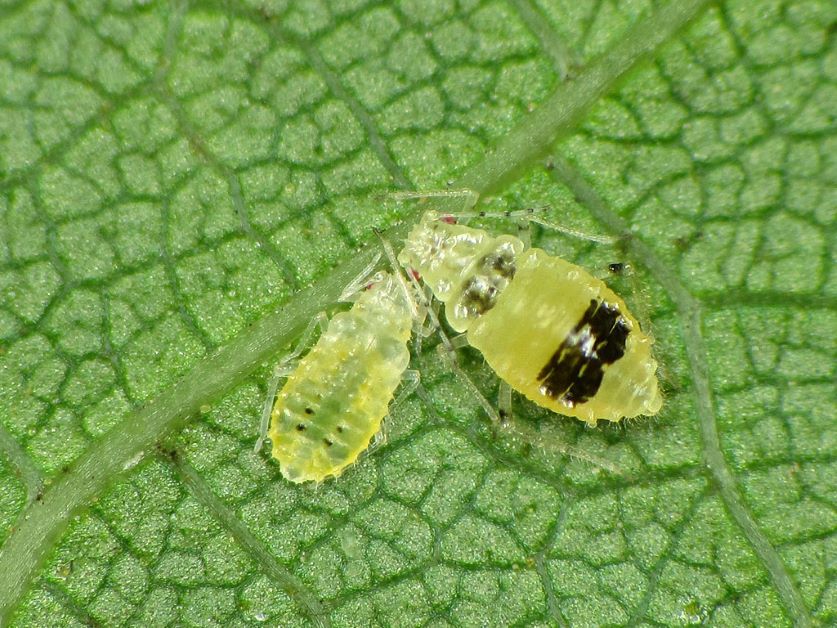
Looks like: small, green (or orange) soft-bodied insects; clear droplets of sticky liquid on leaves and stems, called honeydew (aphid excrement)
Damage: yellow leaves, curled leaves, stunted growth, generally unhealthy plants
Treatment: treat for ants; blast the aphids off with a spray from your hose
Common Cantaloupe Diseases
Powdery mildew

Looks like: white patches of white, dusty mold on leaves and stems; entire leaves look like they’re covered in white dust in extreme cases
Damage: flowers fall off; underdeveloped fruit; generally unhealthy plants; death
Treatment: prevent by keeping leaves dry and spraying organic copper fungicide early in the season; remove infected foliage; remove debris from garden beds; make sure plant gets enough sun and airflow
Downy mildew
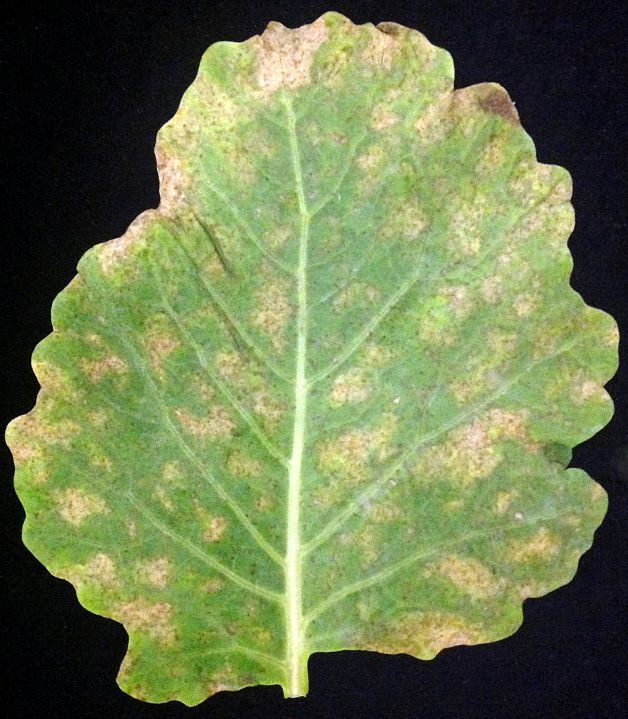
Looks like: brown patches on leaves; leaves may turn crispy and fall off; patches of blue-ish white mold under leaves
Damage: flowers will fall off; underdeveloped fruit; generally unhealthy plants; death
Treatment: prevent by keeping leaves dry and spraying organic copper fungicide early in the season; remove infected foliage; remove debris from garden beds; make sure plant gets enough sun and airflow
Gummy stem blight

Looks like: yellow leaves; brown crunchy spots on leaves; wilted plants; mushy stems; rotted spots on fruit
Damage: plant death
Treatment: prevent by rotating crops, keeping garden free of debris, and by inspecting seedlings and destroying ones that show signs of gummy blight; early season treatment of organic copper fungicide
Anthracnose
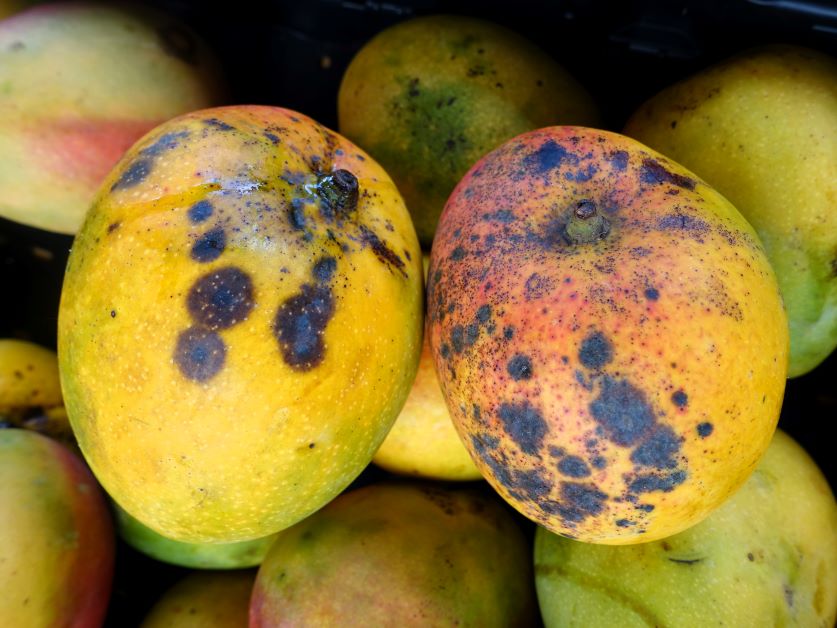
Looks like: black spots on leaves, stems, and fruit; leaf drop
Damage: wilted leaves; rotting fruit
Treatment: early season treatment of organic copper fungicide; keep garden free of debris; put a barrier between your fruit and the ground; make sure soil is well-draining; keep leaves dry
Featured image photo credit: UGA/CAES extension


